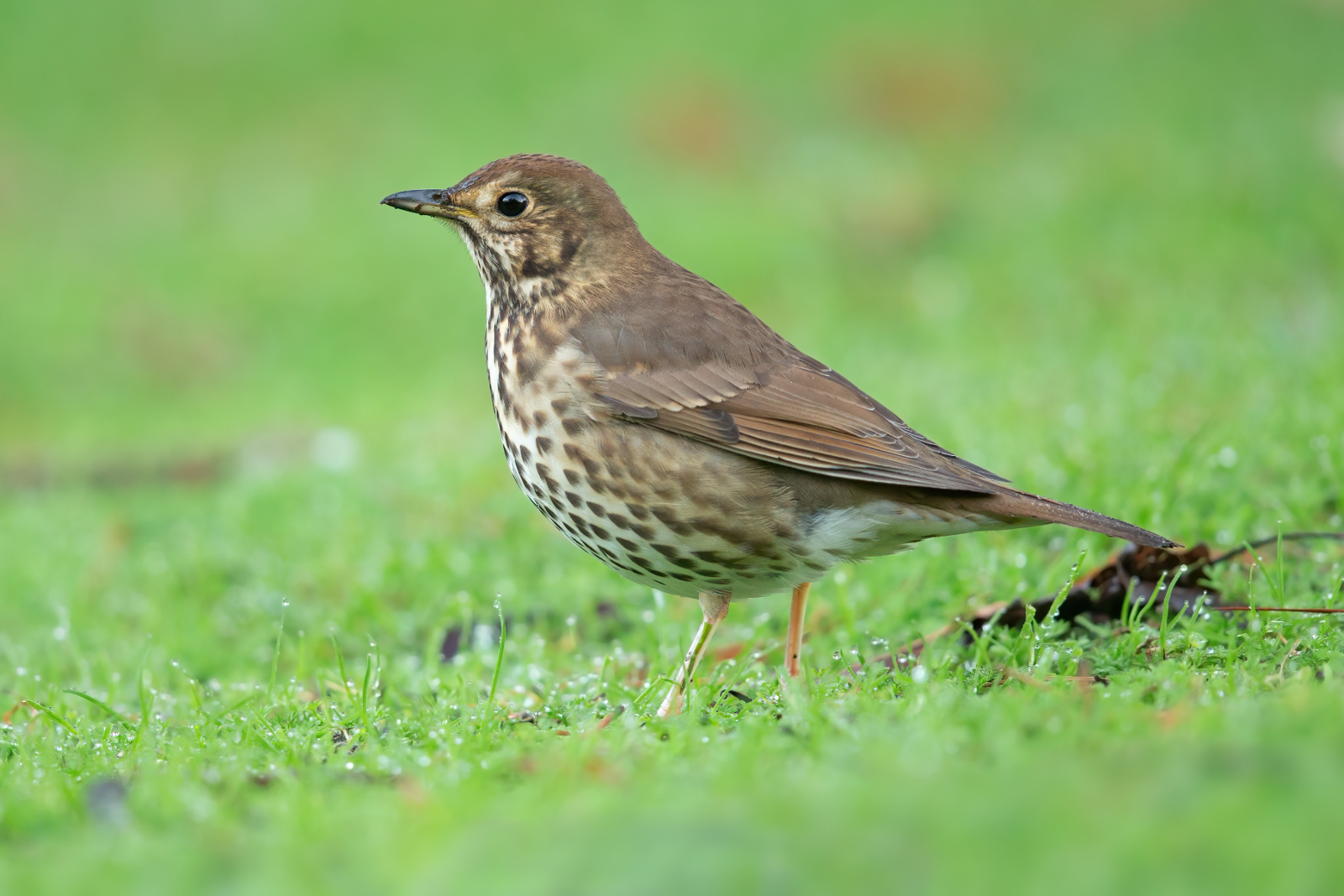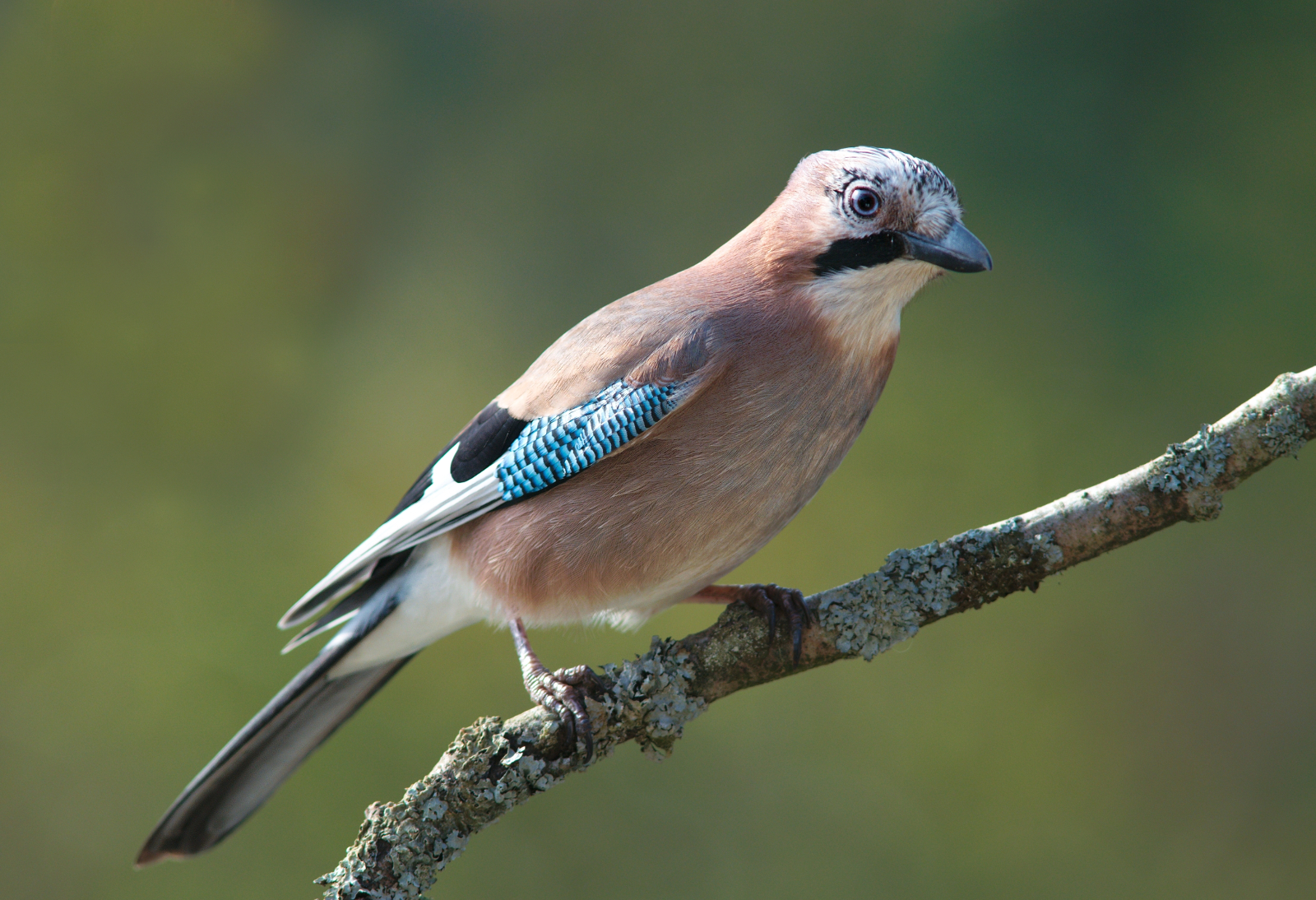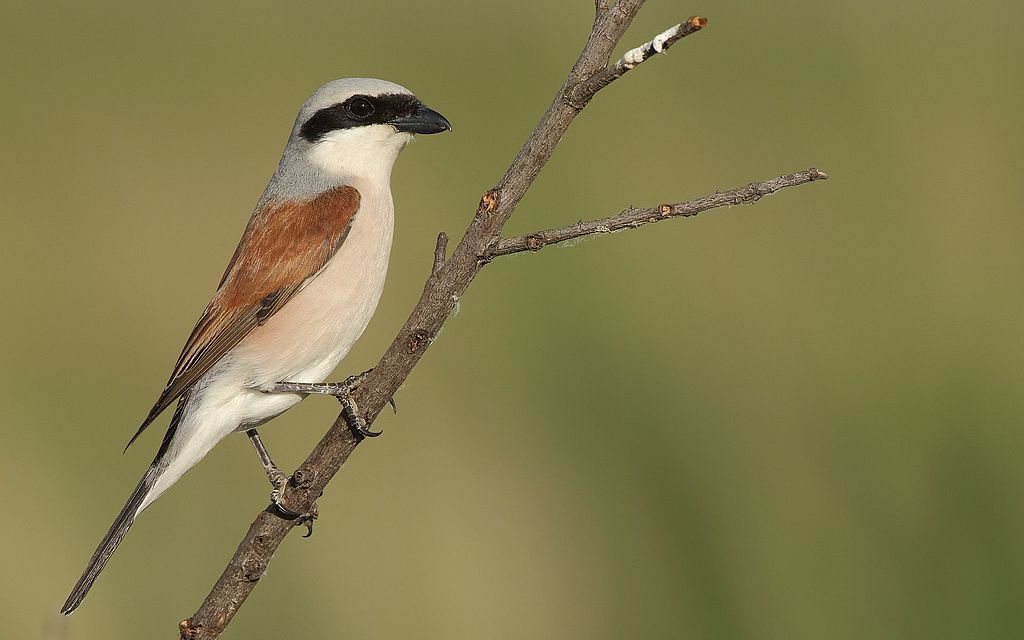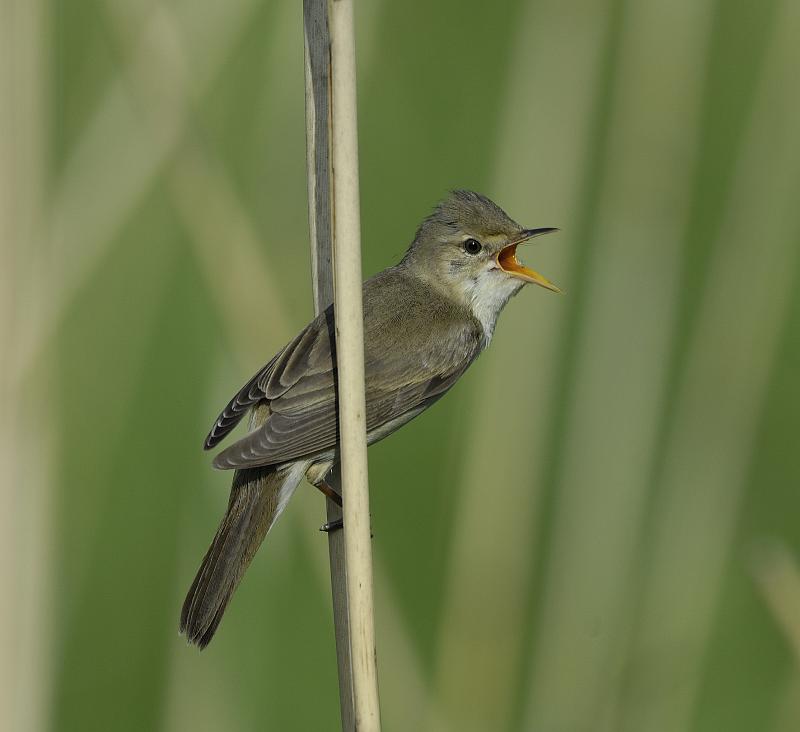Song Thrush (Turdus philomelos)
The name of this bird has a good reason: its song is a sequence of various imitations, borrowing sounds from many species. Repetition plays a key role in its ”performance”: each phrase is repeated two or three times, then comes a new theme, reprised, of course, and another melody follows. Song thrush sings almost continuously for minutes, repeating a favoured phrase every now and then. Due to its distinctive singing, this species can be easily identified even by novice birders. It lives in shrubs and forests with dense undergrowth, but also in urban environments and parks.



